| |
|
Exploring “Product Management’s Sacred Seven” to better understand the skills necessary to become a product manager and create value.
Takeaway Points
Introduction
Product Management encompasses 7 key disciplines:
- Product Design
- Economics
- Psychology
- Data Science
- User Experience
- Law & Policy
- Marketing & Growth
Product Design
There are two types of products can possibly be created: creating something entirely new (0-1 innovation/vertical progress) or creating a new iteration of an existing product (1-N innovation/horizontal progress). 0-1 focuses on building products for market-fit, while 1-N is about scaling. To find the right idea to solve, we then need to look for groups of people that are highly motivated to do something but dissatisfied with the existing solutions and then target them as our future user market.
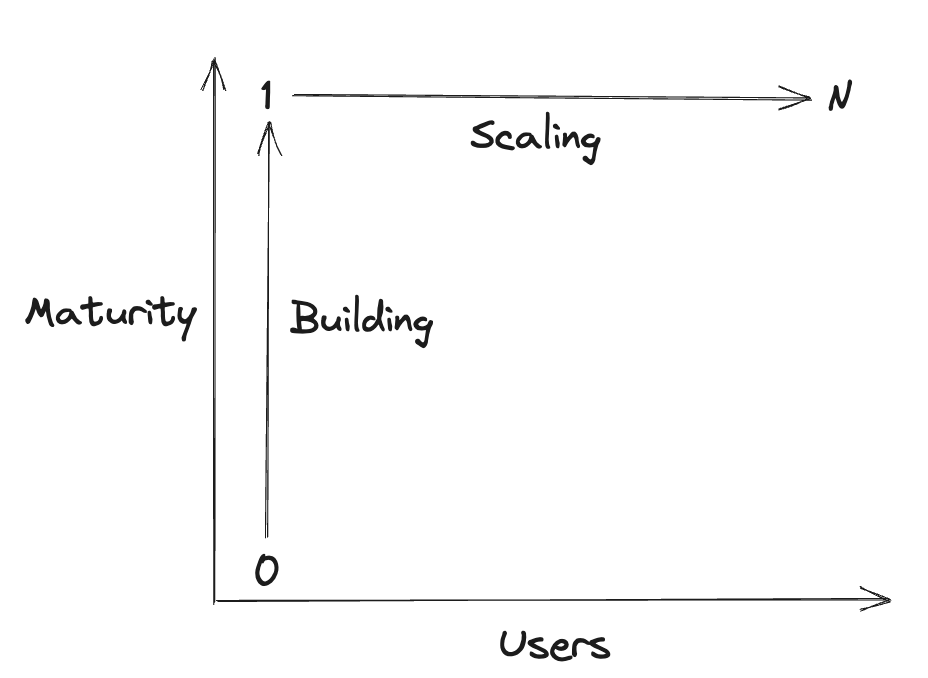
Figure 1: 0-1 vs 1-N (Image by author).
While working on 1-N products it is then always important to lookout for potential 0-1 innovations since competition might take advantage of radical changes in the tech landscape to take your product out of business. On the other hand, having 1-N products in your company portfolio is as important since these are the products that can provide you with a steady revenue that you can then use to finance your experiments building 0-1 products. This principle perfectly aligns with the BCG growth-share matrix.
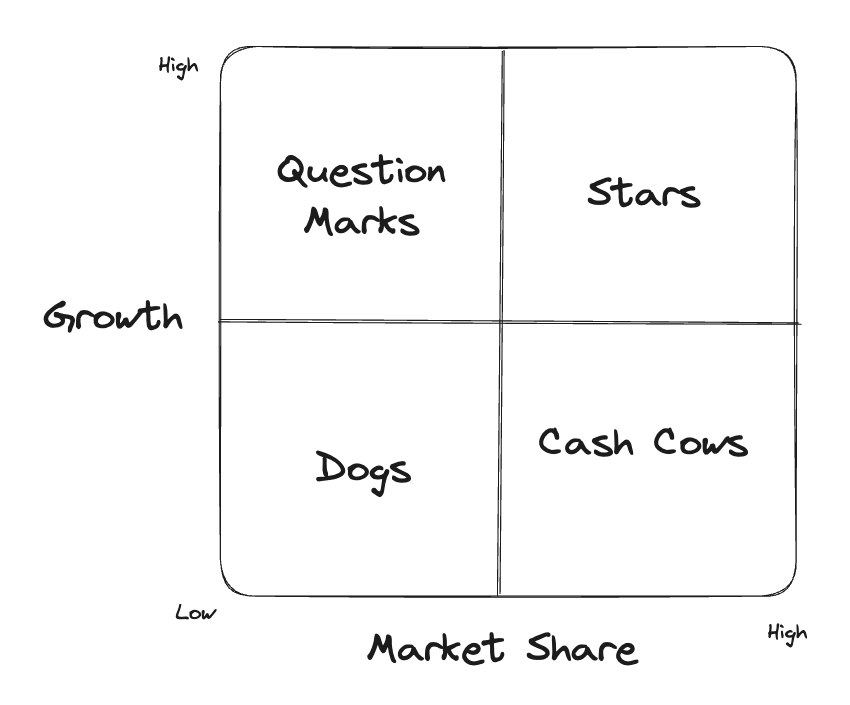
Figure 2: BCG Growth-Share Matrix (Image by author).
In this case our 1-N products can be represented by the Cash Cows (low growth but strong market dominance) and 0-1 products by question marks (which have high growth potential and can potentially turn into stars one day).
0-1
When building 0-1 it is then important to find spaces with low initial competition. These can typically be scenarios where we make a service to:
- Build supply for an unfulfilled demand (e.g. e-scooters for middle-distance transportation)
- Exploit untapped supply with an existing demand (e.g. a newly discovered deposit of gold)
- Match untapped supply with unfulfilled demand (e.g. two-sided market products like Airbnb)
Once found the product you want to build, you need to make sure it can be 10x better or cheaper than the existing competition to overcome possible inertia of customers to switch or join.
1-N
The main problems that 1-N products try to solve are: staying relevant, defending market share from competitors, add new features, keep profit margins to increase, improve customer experience, etc.
To ensure 1-N products don’t get disrupted by competition they should then try to have some form of hard-to-copy advantages such as:
- A strong brand
- Network effects
- Economies of scale
- Making offers that competitors can’t match
- Unique Technology
- Switching Costs
- Knowledge of processes
- Captured resources (e.g. patents, teams)
Hypothesis Testing
In order to validate the idea for a new product it is then important to list out all the assumptions we are making about why this idea should work and use different research methods to test them (e.g. surveys, interviews, field studies, focus groups, diary studies, etc…).
If the results look promising, we can then move on to create some early prototypes of our product, starting from simple post-its sequences to an MVP (minimum viable product).
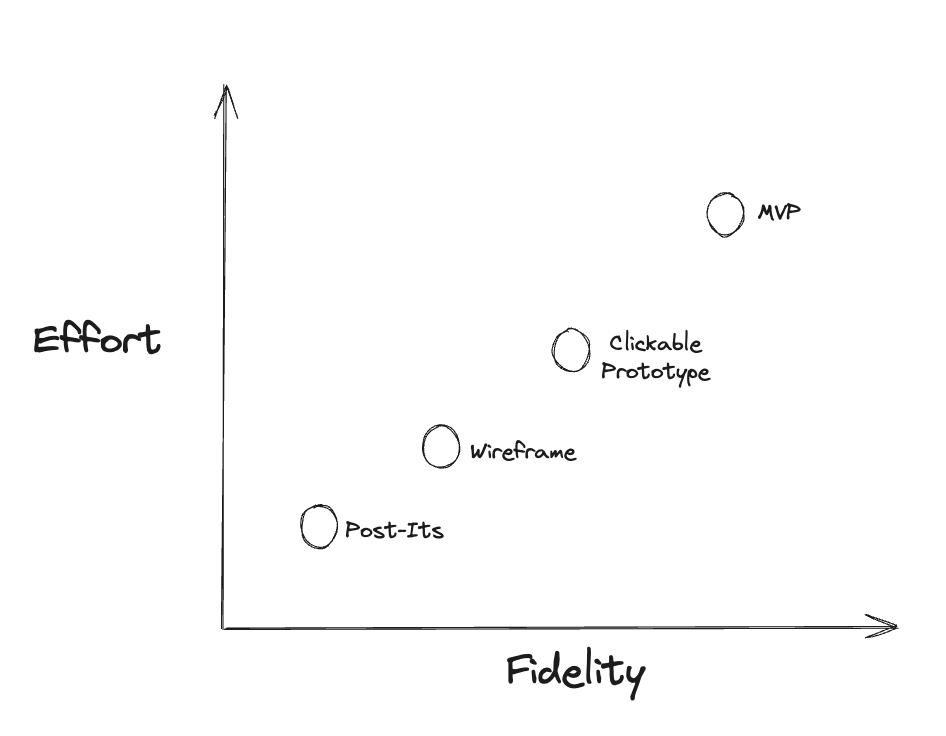
Figure 3: Different stages of prototyping (Image by author).
Two possible types of MVP are the: Concierge MVP (or Wizard of Oz MVP) or The Fake Door Test. In the Concierge MVP we make the actual front-end and replace a complicated back-end with actual human work. In The Fake Door Test instead we create a full blown landing page with the product description, log-in, etc.. but no actual product, so that when someone signs up we inform them that they will be notified once the product is ready. One key aspect of the MVP is that it should test our riskiest assumptions about the product and feedback to us if any unexpected changes are needed.
Before starting any test, we should then define our own research statement:
We believe that [user group] faces [problem]. We think [solution] could solve it. We will know we are right if we see [metrics change].
Once finished the MVP we can then move towards creating a Minimum Lovable Product (MLP) which should focus on providing just some really well designed key features of the product to impress the users (e.g. great out of the box experience to onboard new users). The MLP should also make sure to cover any possible “cold start” problem by preloading the product with some content (e.g. example usage).
Economics
Price is what you pay. Value is what you get. – Warren Buffett
Business Models
When selling products there are 3 possible approaches we can follow to create a profitable business: cost leadership, product differentiation and the blue ocean strategy.
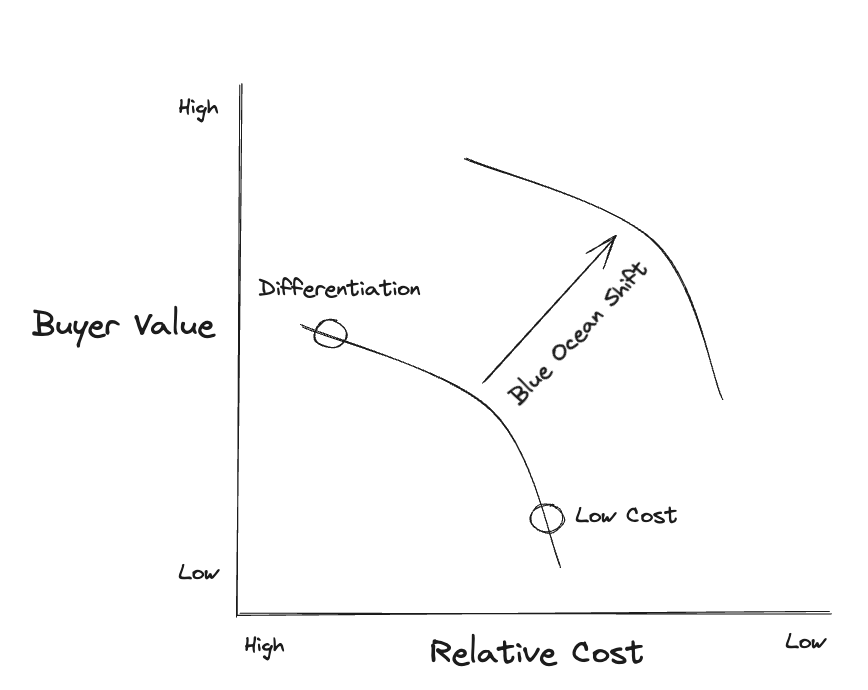
Figure 4: Business Models Comparison (Image by author).
Cost Leadership
In this scenario our product is like a commodity and therefore there can be no real differentiator between ourself and our competitors apart from the price. In this scenario, the only way to gain more adoption from consumers/users is to race to the bottom by lowering the price (although this might reduce our profits in the long term).
One way to reduce prices is to reduce costs and this can be achieved for example by using economies of scale (the more products we sell the cheaper is for us to make them since we can negotiate better dials with suppliers, etc…). Alternatively, another possible way to reduce costs is trough vertical integration (e.g. buying out all the suppliers or cutting middle-mens).
Product Differentiation
In this scenario, we market our products as unique and justify our higher prices by showcasing some form of competitive advantage over the competition (e.g. luxury goods). If we are not able to prove users of our product superiority then our product becomes commoditized and we fall back in the cost leadership realm.
Blue Ocean Strategy
Finally, in this scenario we don’t try to fight in a crowed market but to create a brand new one where we can offer both low cost and differentiation.
Market Entry
There are 3 possible ways to enter a market: building your own product, borrowing someone else product (e.g. partnering to use another company product or co-developing one) or buying another company product.
You can find listed below some of the reasons and circumstances in which might be best to pick one or the other method:
| Build | Borrow | Buy |
|---|---|---|
| Company is new or short on resources | Company is not an expert in the market and doesn’t want to be | Remove competitor from the market or keep product away from other competitors |
| Buying or borrowing didn’t work out | You want to lean on someone else credibility | Getting the company users |
| Company has experience in a similar market | You want to quickly patch a hole | Getting in a tough to enter market |
| Piggyback off existing resources | Outsourcing the less profitable and most intensive parts of your business which would act as a liability if owned | Getting special talent not available in house |
Additionally, before considering buying another company is important to keep in mind these first questions before making a decision: Do both companies benefit from joining forces? Is the price right? Is the new industry a profitable one? Do you have to buy that company to benefit from the arrangement?
Moats
Economics Moat are a mean to stop competitors from invading your own market. There are 2 main types of moat: barriers to entry (e.g. high costs, regulation, intellectual property and patents) and barriers to change (switching costs, brand, network effects).
Unit Economics
Unit Economics measures the cost, revenue and profit of each marginal item a company sells. In the long term, how much money we make or lose for each transaction is going to greatly outweigh whatever amount of money we started with. Our margins will then dictate our future success or failure.
In Unit Economics physical good (e.g. selling laptops, pizzas, etc.) and digital goods (e.g. online ads, enterprise software) behave quite differently. Physical goods can in fact be expensive to produce and this can in turn limit our marginal profit on each sale. Digital products instead have a high upfront (fixed cost) but very low marginal cost (it doesn’t cost almost nothing for Google to do a search query, or for Facebook to make you do a post). With digital products then increasing the scale of our users will then lead to much higher returns than when trying to scale physical goods.
This difference between physical and digital goods can also be seen when inspecting companies performance in the stock market. Investors might in fact prefer tech companies over traditional businesses since, although tech businesses incur in higher costs at the beginning, they also are much more likely to have higher profit margins and growth in the long term (therefore being able to sell their shares for a profit or earn dividend gained trough these higher margins). Potential profit shouldn’t although be too far in the future because of the discounted value of money (one dollar now is worth more than one dollar in a decade since we could have invested it in the meantime and potential inflation erodes its value).
Customer Economics
While Unit Economics Focuses on the profit earned per item sold, customer economics focuses on the profit earned per customer over the customer lifetime. The 2 key metrics comprising Customer Economics are: Customer Acquisition Cost (CAC) and Customer Lifetime Value (CLTV). Unit Economics focuses on a single product at the time composing a company portfolio, while customer economics looks at the entire business. Additionally, unit economics focuses mainly on the present while customer economics also on the longer horizon (even if this might result in higher initial costs).
In order to have a sustainable business, it is then vital that our LTV is greater than the CAC. LTV in fact represent our marginal revenue while the CAC our marginal cost and the difference the marginal profit (the return from having a customer should be higher than the cost of acquiring it). LTV:CAC ratio is therefore an important metric to look for when assessing the performance of a company (for tech companies this is expected to be about 3:1).
In some circumstances it can be difficult to sell a product for a profit but when paired with another give really good returns (razor-and-blades model). For example we could sell a Playstation for a low profit (hardware) and this will enable us to sell many games later on for a high profit (software).
CAC
CAC: average amount of money spent on sales & marketing to acquire a new customer. This can be represented by the equation below, although it is important to remember that in real life there also other characteristics to take into account such as the cost for running servers, pay employees and the window timescale to choose to run your experiment (it might take months for a marketing campaign to bring any result).
\[CAC = \dfrac{marketing \times sales\:expenses}{\#\:of\:new\:users}\]LTV
LTV: total amount of money we can expect to make from an average customer over their entire lifespan (until they quit from using our product). This can then simply be translated to be the sum of all the marginal profits you earn from an average customer making a transaction.
The main problem with this approach is that we don’t actually know the lifetime of a customer in advance. One way to measure this is the churn rate, which is the percent of users leaving our product within a window in time (e.g. month, year). The grater the rate, the faster we are losing our customers. Once calculated the churn rate, the average customer lifetime can simply be measured as:
\[\text{Average Customer Lifetime} = \dfrac{1}{churn\:rate}\]At this point we just need to calculate the average profit per user per year in order to calculate the LTV:
\[\text{Average Profit per User per Year} = \dfrac{average\:revenue\:per\:user\:per\:year\:(ARPU)}{gross\:margin\:\%}\]Putting the 2 together we can then calculate the LTV:
\[LTV = \dfrac{(Annual\:ARPU \times gross\:margin\:\%)}{churn\:rate}\]Segmentation
Plotting a demand curve (price vs quantity) you will see that decreasing a product price, we should expect more people to buy it. If the price is too low, we won’t get enough money from our many buyers to sustain ourselves and if the price is too high no one will buy our product. The goal should then be to find a sweet spot between the two extremes to maximize our revenue. Although, all users are not born equal and that’s why it can be really important to segment your product audience in different categories and maximize the revenue curve for each of them. Some users might in fact be interested in just a casual use of your product, while others be hardcore fans.
Causal users will then be much more sensitive to potential price changes than hardcore fans and their demand curve will be much steeper (demand is elastic and small changes in prices will cause large changes in the number of units sold). A demand curve will instead be inelastic if buyers are really motivated to buy, if there are no alternatives to this product or the item is essential. When taken to the extreme we would then have a small portion of users acting as whales and paying much greater sums than the rest of the population.
Depending on how many segments of users we have, we can then create different tiers for pricing the product (free, user, enterprise, patreon, etc.). Each segment should then be internally homogeneous and externally heterogeneous.
Psychology
3 Theories of Price
- Charm Pricing: prices that end in 95, 98, 99, 89, 49. The idea is that people read left to right and pay most important to the first digit. Psychologically the number 9 is also generally associated with the feeling of sale.
- Prestige Pricing: prices with round numbers show that we are not trying to do offer any sale or discount and is usually associated with luxury products.
- Quirky Pricing: selling items for completely random numbers shows the buyer that we are trying to do whatever we can to keep prices low and we are not trying to trick you.
When setting the price for your product we need to also pay attention to how the prices of similar products related and this results in a phenomenon called herding where prices between competitors are really close to each other. On the other side, when trying to sell luxury goods (veblen goods), higher prices tend to even make your product more desirable. What makes these products appealing is their exclusivity and status symbol they represent, additionally people tend to associate higher prices with higher quality.
During the process of deciding pricing it is also important to keep in mind different mind traps which could direct the customer to buy the option most advantageous for us. Some example are: arbitrary cohesion, anchoring, decoy effect and compromise effect.
Two possible way to also incentivize people to buy your product are to discount the price or add a bonus. Psychologically though taking away a loss is more powerful than adding an equivalent gain and that’s why discounting is usually more effective.
Motivation
There are 2 main types of motivation: intrinsic and extrinsic (e.g. external incentives like money). Convincing high skilled people to work with you can be expensive and therefore focusing on their intrinsic motivation (e.g. meaningful work, altruism) might be more efficient. According to the Self Determination Theory (SDT) people want to fulfill 3 innate desires: competence (getting good at something), autonomy (having a sense of control of your future) and relatedness (having a connection with others). Assigning people tasks that match their expertise level can then allow then to enter a flow state and give their best.
To make a product rewarding to the users instead it should focus on rewarding one of these 4 streams: brain (knowledge), heart (love), stomach (consumption), genitals (sex appeal).
Stickiness
Habits play a key role in order to make users automatically come back. Products that have high utility and are used frequently are quite likely to naturally become an habit, but also low utility actions can be turned in a habit if they happen regularly enough.
According to the Hooked Model we can start with external triggers to get someone interested in the product like paid advertising, mentions in the press, word-of-mouth and push notification. After that we should focus on internal triggers to make the user come back. One possible way to do so, is to give variable rewards (e.g. we get more pleasure from the anticipation of reward than to get the reward itself), exactly like scrolling website such as LinkedIn, Facebook work. Another possible approach is instead through gamification, this process consist of 7 parts:
- Goals to achieve
- Rules to follow
- Feedback to measure progress
- Rewards
- Users motivations (rewards should be tied to them)
- Freedom of choice
- Freedom to fail
User Experience
User Experience (UX) is about the holistic experience of the user interaction with the product. User Interface (UI) is instead focused only on making the interface elements of the product more intuitive and functional.
Skeuomorphism: a new technology copies design elements from an older technology to make it easier to understand for people more comfortable with the old technology.
Norman Doors: objects whose designs tell you to do the opposite of what you are supposed to do.
For a product to have a good UX, it needs to follow 4 key principles: be discoverable, give feedback, being forgiving and intuitive.
Every product has some form of irreducible complexity that either the developers or users have to deal with. Our job is then to try to simplify and streamline processes as much as possible so that users needs to do the minimum amount of work necessary (e.g. pre-filling items in a form, make it easy for users to interact with key buttons, etc.).
At times business objectives and user experience might not always be aligned and that’s when some dark (dishonest) patterns might arise. Some example are:
- Roach motels: services that are easy to sign up for but very difficult to get out.
- Hidden Fees: fees that appear at the last minute once the customer is already committed to make a purchase.
Data Science
90-9-1 rule: 90% of users on social media are “lurkers” (mostly watch but don’t contribute), 9% are contributors (comment, like, post sporadically something) and 1% are creators.
Experiments
A/B Testing
With A/B Testing we can compare 2 variants of our product on a set of metrics we care about (a random subset of users gets variant A and another variant B). If we want to compare more than 2 product versions, then we can use multivariate testing.
In this case, version A would represent our control group (which shows the original version of the feature in the product) and version B our experimental version (showing the potential new feature embedded in the product). At this point we can then track this experiment for some time and see if it results in some improvement in our desired metrics or not. Depending on the type of feature we launch, we might also suffer of the novelty effect or learning effect. With the novelty effect we get an initial spike up in the usage and then a steep decline (people are surprised of the change and interact more, then once the surprise is over they don’t interact anymore). Instead with the learning effect users struggle initially to interact with the feature since they need some adaptation time and eventually the performance improves over time.
Once gathered some data we can then run a statistical significance test to validate if we can trust our results or not. Statistical significance test work by having some null hypothesis we are trying to reject (the null hypothesis represent the scenario in which the new feature didn’t bring any actual value). To check if our results (from a sample) can generalize or not to the entire population, we can construct a confidence interval (a range where the actual value might fall in).
To make the confidence interval we then need to specify a confidence level (how cautious we want to be). The higher the confidence level requested and the wider is going to be our interval. 95% or 99% are two values commonly used. To get the confidence interval for the difference of means we can then use the Student’s two-tailed test. The exact chance that the real difference in means is zero or less is also known as the p-value. When the confidence interval includes zero, we fail to reject the null hypothesis (our new feature might cause more damage than good!). If the results, were not too negative we could then try to repeat the experiment with a bigger sample size or a slightly lower confidence level to see if we would get this time a completely positive interval. If the interval is all above 0 the new feature would then be accepted! (in this case the p-value should be less than 0.0X). At this point, we are ready to perform a staged rollout and making our feature available to beta users first and eventually to the whole audience. During the rollout it is also important to not check just the metrics we wanted to improve but also countermetrics to see if our new feature is causing any problem with the other features that compose the product (cannibalization).
Making a new feature available to a random sample of users can work particularly well if the feature doesn’t need interaction between different users but if not then we need to sample our users differently. One possible way is to use the New Zealand Strategy. With the New Zealand Strategy, we roll out a new feature that require interaction between users, to every user in a small country that has likely lots of similarities with our original target country. Users are in fact much more likely to interact with people within the same country rather than from outside and therefore there shouldn’t be disruption for them to use the product.
One caveat to pay attention to is to avoid getting people into an A/B test through some opt-in features. This might in fact skew our results since people joining the study are by default more eager to experiment with new things compared to an average user.
Ultimately, is important to avoid any form of cherry-picking (HARKing), if the outcome is negative we should accept our idea was not the best one and move on instead of trying to consider just a subset of metrics that gives us hope to keep pushing for this feature.
Startup Metrics for Pirates
- Acquisition: getting people to know you and visit your website (number of views, SEO ranking, click through rate)
- Activation: getting people to sign up for our products and become users (conversion rate from visitor to user)
- Retention: making people coming back regularly (monthly/daily active users, retention rate, churn)
- Referral: getting users friends on board (net promoter score, viral coefficient, viral cycle time)
- Revenue: making money from your users
Finally, when looking for a metric to use is important to look out for vanity metrics (metrics that look positive but don’t really represent the bottom line we are trying to achieve) and strictly avoid them.
Metric Models
Depending on your company business model, different sets of metrics (e.g. revenue, user metrics) might be available for you. Software companies usually fall into 5 key categories: software as a service with subscriptions, freemium apps, user-generated content with ads, two sided marketplaces, and ecommerce.
Software as a service (SaaS): vastly used for enterprise software or B2B (business-to-business) software sold as a subscription model (e.g. monthly, yearly). Some advantages of this approach is that companies can pay small recurrent installment instead of big upfront fees and get constant updates for the software they use. In this kind of model, the percentage of users that upgrade from free to paying and the number of monthly/yearly active users are some of the key metrics to follow.

Figure 5: SaaS lifecycle (Image by author).
Freeemium apps: consumer software that its free to use but provides paid upgrades like in-app purchases or subscriptions (same as SaaS but targeted to individuals instead of companies).
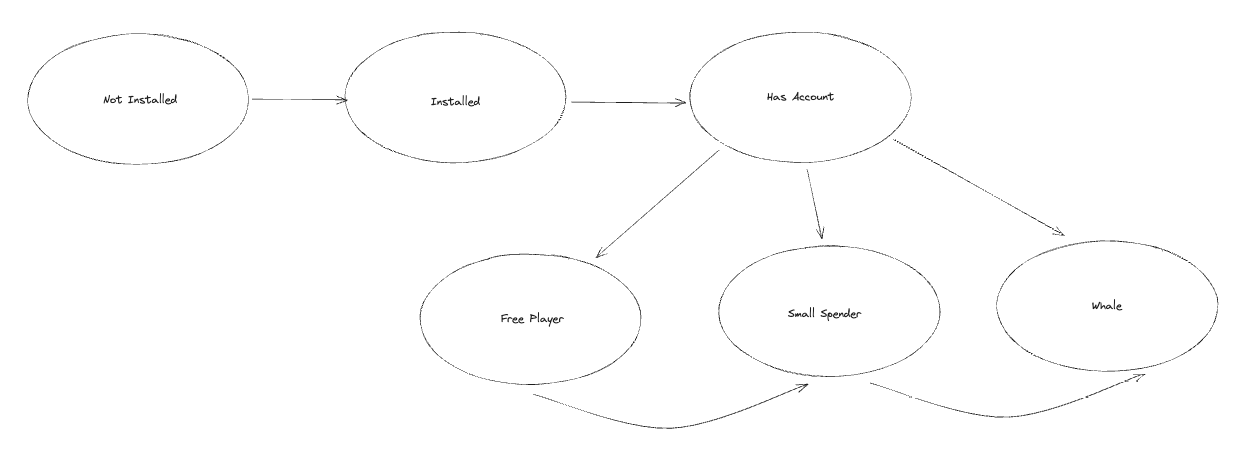
Figure 6: Freemium Lifecycle (Image by author).
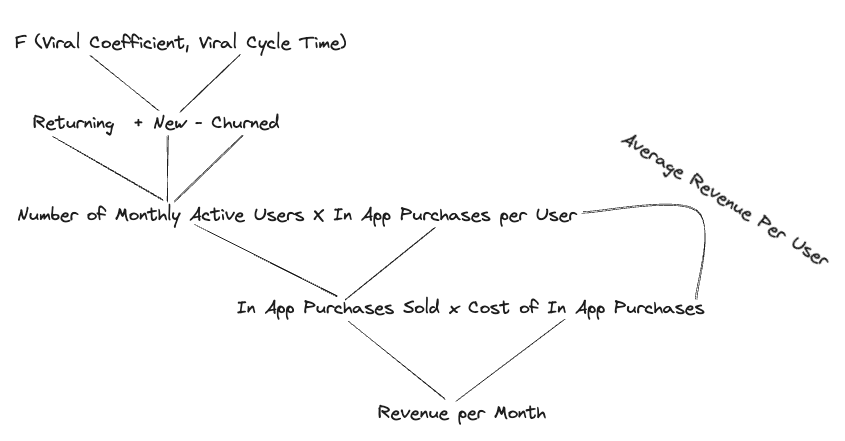
Figure 7: Freemium Revenue (Image by author).
User generated content with ads: this type of category includes social networks, review sites and microblogging sites where users create posts and ads are shown between them. In this case the main goal for the company is to increase the time users spend on their platform (e.g. using infinite scrolling, autoplaying, etc.) and made them watch as many ads as possible. In this scenario Time on Site and montly/yearly active users are some of the key metrics to keep into account.
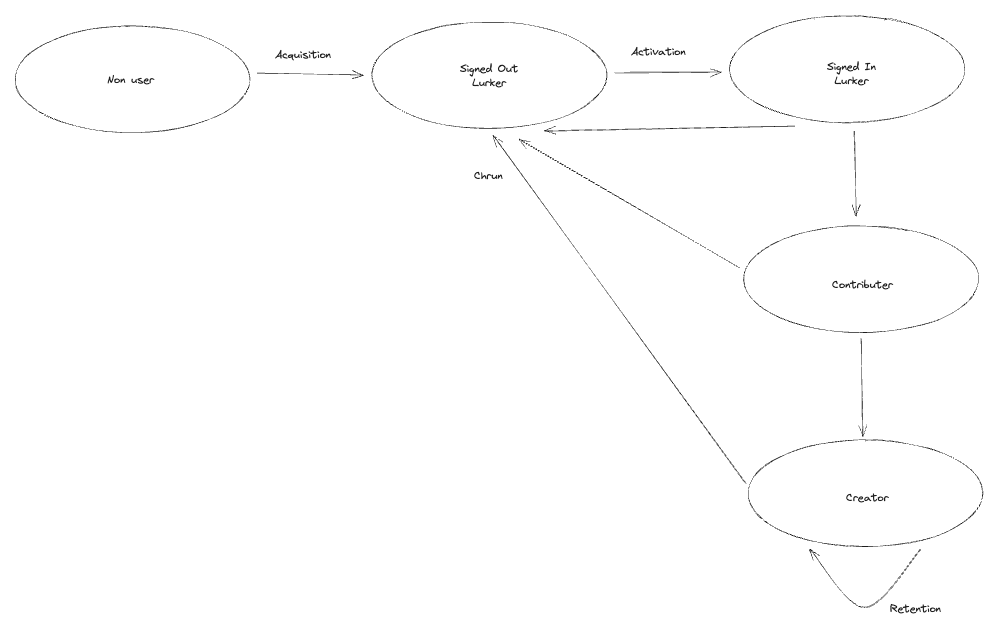
Figure 8: User Generated Content with Ads Lifecycle (Image by author).
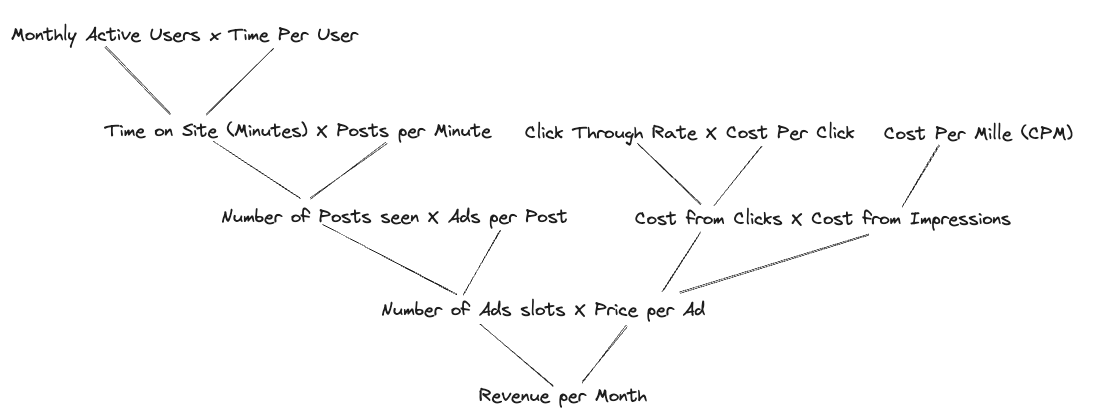
Figure 9: User Generated Content with Ads Revenue (Image by author).
Two sided marketplaces: this category includes websites that match buyers with sellers and take a commission from each transaction. In these kind of products keeping a good balance between supply and demand plays a vital role (if there are not enough buyers then the platform is not good for sellers and viceversa). Statistically speaking, when starting these kind of products is better to focus on building supply first and demand will hopefully follow up (demand can grow through word of mouth but supply not so likely!). Our key north metric in this case will be to find a good balance between the number of buyers and sellers to maximize the number of transactions happening.

Figure 10: Two Sided Marketplace Revenue (Image by author).
Ecommerce: is a online version of a physical store and focuses therefore much more on selling physical goods (people buy goods online and we ship them). In this scenario the key metric we should be interested in is to increase the Average Order Value (AOV) (alongside the overall conversion rate).

Figure 11: Ecommerce Lifecycle (Image by author).
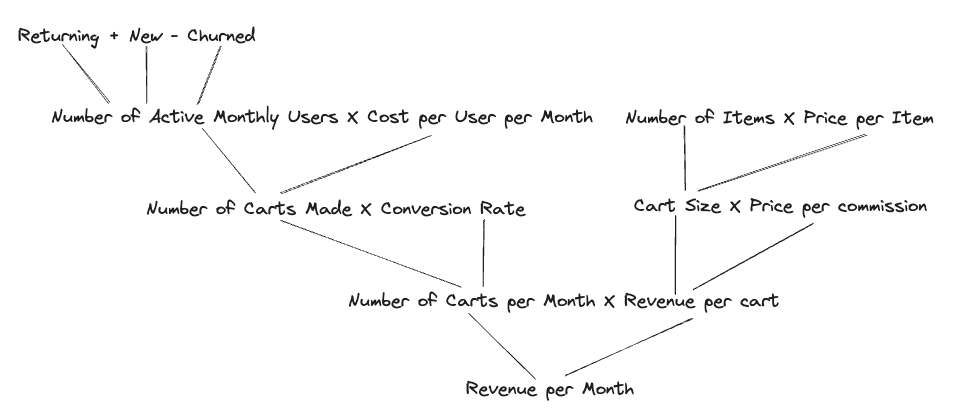
Figure 12: Ecommerce Revenue (Image by author).
Marketing & Growth
What are you hunting?
According to the hunting model we can categorize companies based on the average amount of money we can make from them in a year (annual revenue per account).
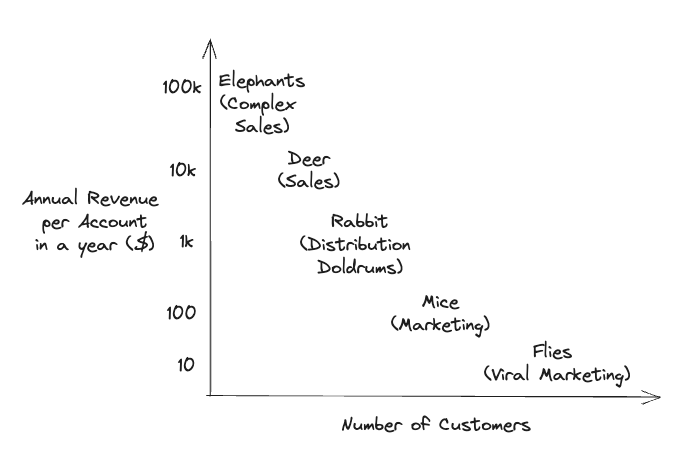
Figure 13: Hunting Model (Image by author).
Advertising
There are 2 key types of advertising: direct response (get users to take action immediately) and brand (increase user awareness of the company/product). Direct response therefore is closely connected with metrics like cost per click (CPC), while brand advertising is related more to cost per mille impressions (CPM).
The advertising process is tightly connected with the purchase funnel:
- Awareness: getting people to know your product exist
- Familiarity: making them form an opinion about it
- Consideration: making them considering about buying it
- Purchase: buying the product
- Loyalty: becoming a recurrent buyer
In addition to loyalty growth hacking incentivize users to become also advocates of the product, actively reaching out to friends and family to increase adoption (or embed viral features in the product to make it market itself).
As part of the process though we might leak some people out of the funnel and it is then important to use retargeting (e.g. using third party cookies and Google/Facebook ads to remind them of the product) and remarketing (e.g. using mailing lists) to try to win them back.
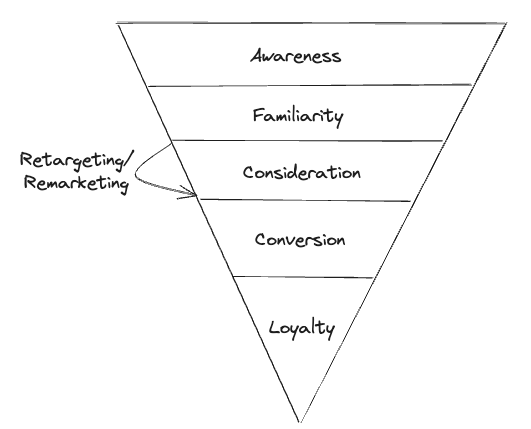
Figure 14: Purchase Funnel (Image by author).
Book Authors: Aditya Agashe, Neel Mehta, and Parth Detroja
Contacts
If you want to keep updated with my latest articles and projects follow me on Medium and subscribe to my mailing list. These are some of my contacts details:
